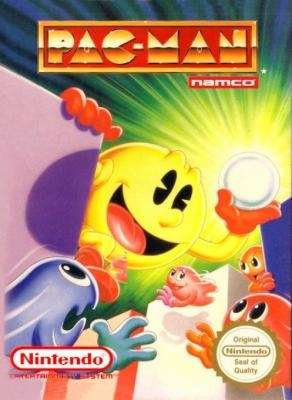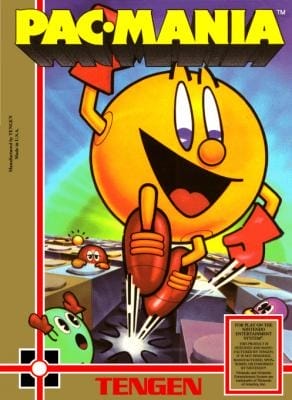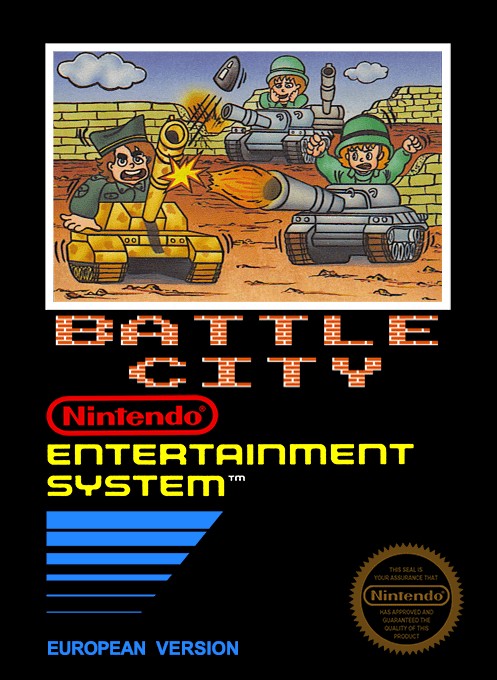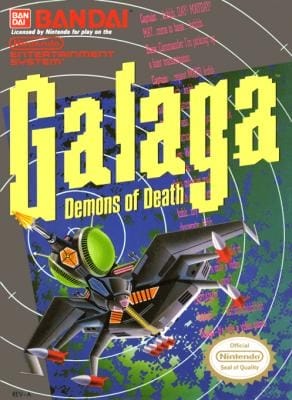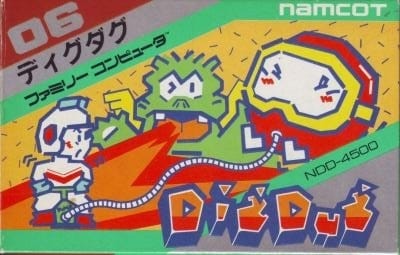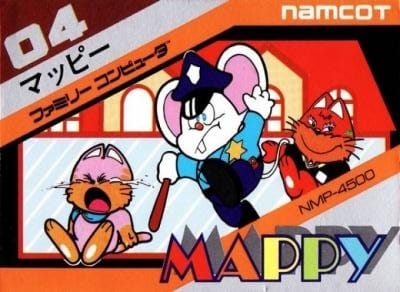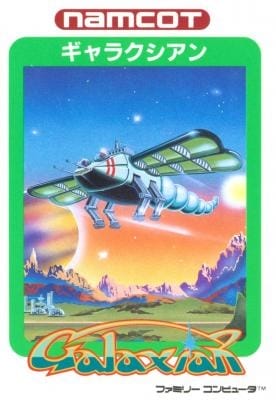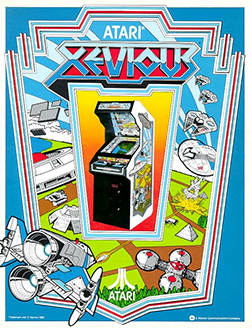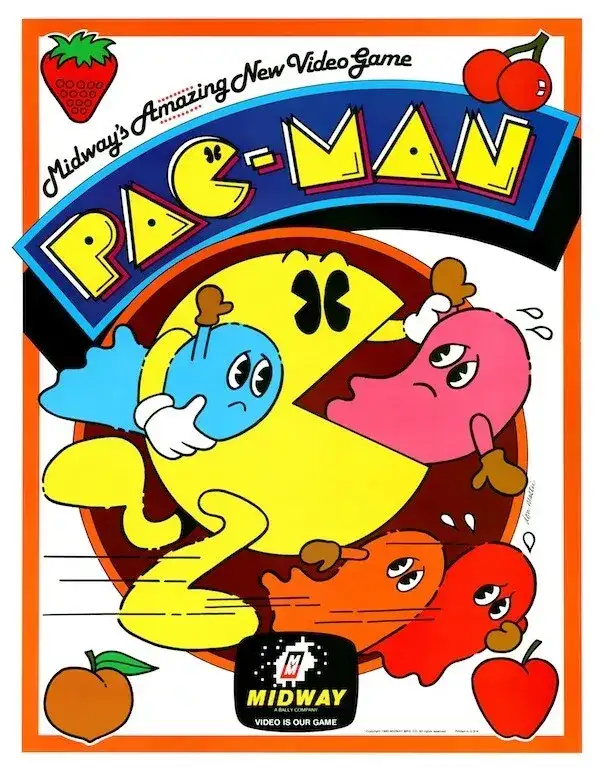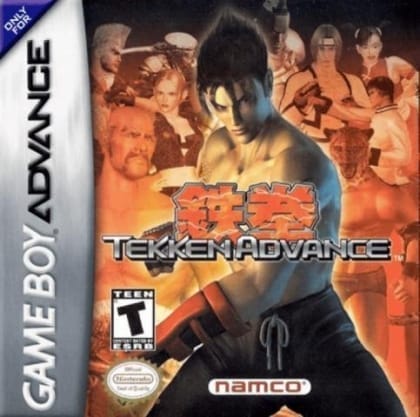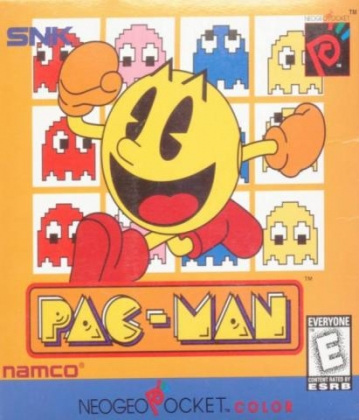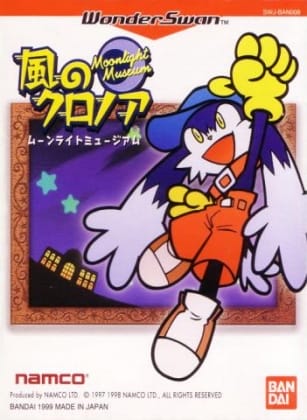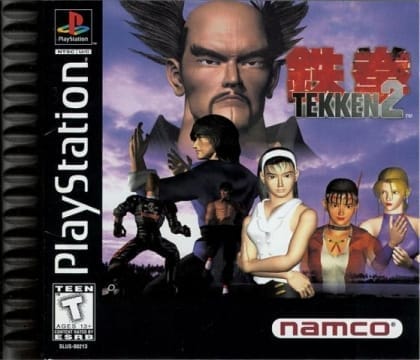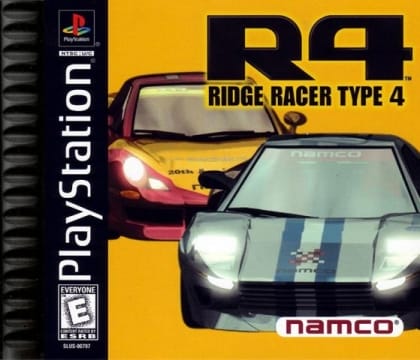Namco Games Collection
Founded in 1955 as Nakamura Manufacturing, Namco became one of Japan's most influential game developers before merging with Bandai in 2005. Known for creating iconic arcade classics and evolving into a global publisher, Bandai Namco has shaped gaming culture with innovative titles across five decades.
Arcade Golden Age (1978-1990s)
Namco defined arcade gaming with:- Pac-Man (1980): The maze chase that became a pop culture phenomenon
- Galaga (1981): Perfected the fixed shooter genre
- Tekken (1994): Revolutionized 3D fighting games
- Ridge Racer (1993): Arcade racing benchmark
Home Console Dominance
Transitioned successfully to consoles with:- Soulcalibur series (1995-): Weapon-based fighting excellence
- Ace Combat series (1995-): Cinematic aerial combat
- Tales of RPG series (1995-): Beloved anime-style adventures
- Dark Souls (2011, as publisher): Redefined action RPG difficulty
Modern Era & Cross-Media
Expanded into multimedia with:- Dragon Ball fighting games (1986-): Best-selling anime adaptations
- Gundam simulators (1980-): Mecha combat perfected
- Super Smash Bros. contributions (1999-): Pac-Man & Tekken crossovers
Technological Innovations
Pioneered:- First-ever joystick controller (1978)
- 16-bit arcade graphics (1987)
- Force feedback racing cabinets (1993)
Legacy
With over 100 million-selling franchises, Bandai Namco remains a bridge between Japanese arcade heritage and global gaming trends.1985
PlatformerPac-Man's first platform adventure where he runs through a scrolling landscape to return a fairy to Fairyland. Features multi-directional scrolling, power pellets, and classic ghost enemies.
1985
ShooterNamco's 1985 tank combat game featuring cooperative two-player mode. Defend your eagle base while destroying enemy tanks across 35 stages with upgradable weapons and destructible environments.
1988
Fixed ShooterGalaga: Demons of Death is the NES port of Namco's classic arcade shooter Galaga (1981). This version features enhanced graphics, new enemy patterns, and the iconic 'Challenging Stage' bonus rounds. Players control a starfighter defending Earth against the Galaga alien armada, with the unique ability to rescue captured ships for dual-firepower.
1984
Fixed ShooterGalaxian is a fixed shooter arcade game developed by Namco and ported to the NES in 1984. As the successor to Space Invaders, it introduced colorful graphics and enemies that dive-bomb toward the player's ship in formation patterns.
1987
Fixed ShooterNamco's 1987 sequel to Galaga introduces dimension warps, triple fighter combinations, and new enemy types like the Zako Yello. Features 29 stages with branching paths and a synthesized voice announcing power-ups.
Xevious is a groundbreaking vertical scrolling shooter released by Namco in 1982. Players control the Solvalou fighter aircraft battling against the Xevious forces, featuring dual-weapon systems (air bombs and lasers) and hidden Easter eggs.
2001
PlatformerKlonoa's monochromatic WonderSwan debut featuring puzzle-platforming action across dream-themed museums. The first handheld entry in the series introduces the Wind Ring mechanic in portable form.
1995
FightingTekken 2 is a fighting game developed and published by Namco for the PlayStation. Released in 1995, it is the second installment in the Tekken series, featuring improved graphics, new characters, and refined gameplay mechanics that established the franchise's signature 3D fighting style.
1998
RacingThe definitive PlayStation racing experience featuring 320 cars, drifting mechanics, and a revolutionary Grand Prix mode with branching storyline paths.
